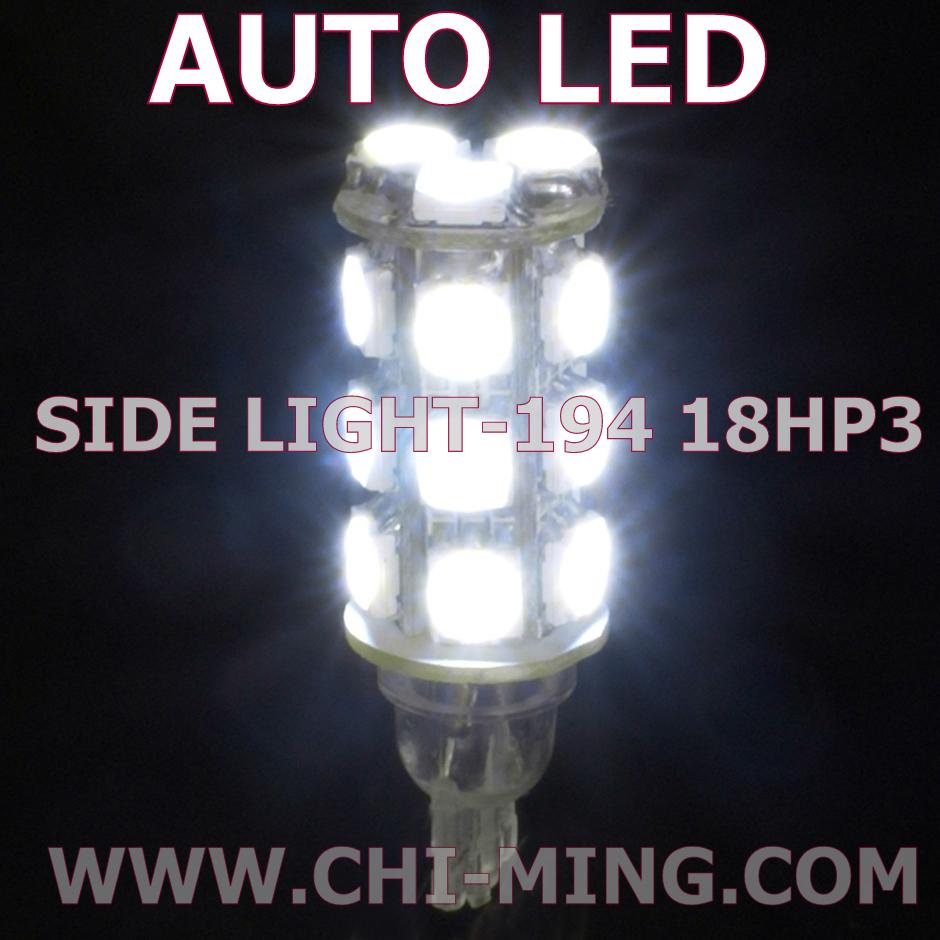
|
|
|
|
|
|
JINLING Chen

|
KIM Chen
 |
|
|
Subject: AUTOMOTIVE LED LIGHTING-194 18HP3
|
|
2009-12-04 |

|
|
LED
A basic problem is that, LED is a current control device, its voltage
drop is relatively low. The easiest way is to use the LED current limit
resistor, but the approach is not suitable for rated voltage of 12V or
24V battery systems, because the actual battery voltage is from 12V to
18V or 24V to 36V. Therefore, if the need to maintain the brightness,
constant current control must be carried out. 2. Current linear control
Linear control refers to a linear regulator to maintain constant
current through the LED. Linear control in some cases, the efficiency
is very low, for example, the forward voltage of 3.5V single-1A (3W)
LED, require regulators, while maintaining a 1A current rating of 12V
power supply will be reduced to 8.5V, so the use of 3W LED will be a
waste of 8.5W of power. The linear current control is to generate the
least noise, technology, but also from the EMC point of view, linear
current control is the safest. 3. Switch-mode regulator Inductive
switching constant current technology, while the electronic noise
produced more, but it's more efficient. According to the use of LED
quantity can be used step-down or down / step-up regulator. 4. EMC
problems The need to minimize radiated and conducted noise, noise
control would be within the permissible limits. Although the frequency
of PWM method is fixed, and relatively easy to filter, but because LED
load more stable, if the appropriate measures, hysteresis controller
and the PFM is appropriate choice. Switching regulator trend is that
the frequency would be higher in order to reduce the inductance /
capacitance volume. This is for automotive applications, it is always
the best solution. The frequency remained at a relatively low level to
help avoid interference. Fundamental frequency of the "jitter" or
"extended" Technology does help to meet the EMC testing requirements
similar to the peak, but the best way is to not produce any radiation,
and any switch-mode regulators are difficult to achieve this.
|
|
|



